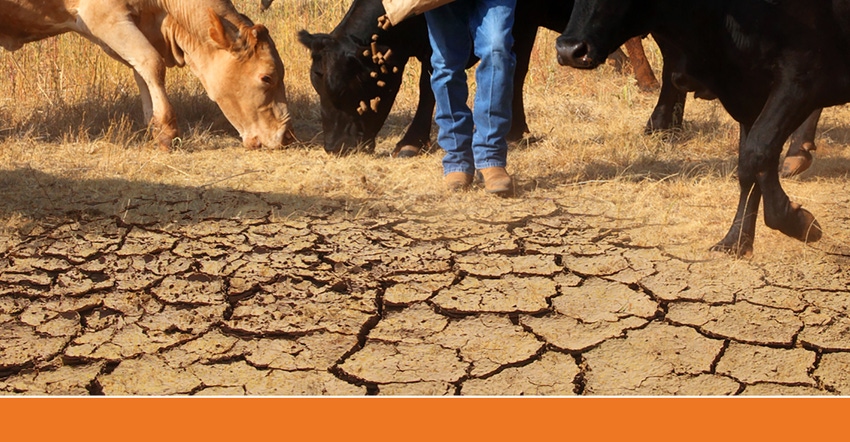
After a historically late planting season this spring, drought had all but disappeared in the U.S. – with the U.S. Drought Monitor reporting the lowest incidence of drought in its 20-year history in mid-May.
But for the past seven weeks, drought’s footprint has been slowly creeping higher, covering 29.5% for the week ending September 3. That’s the highest level since mid-February.

In the Midwest, 25.7% of the region is now experiencing drought ranging from D0 (abnormally dry) to D1 (moderate drought) conditions. At the start of the year, only 0.7% of the region was affected. Problematic areas include much of Iowa, Michigan, northern Illinois and northwest Indiana.
The sting is relatively minor for now, notes David Miskus, the NOAA forecaster who prepared the latest U.S. Drought Monitor summary.
��“Shortages of soil moisture are in the upper layer as a record wet winter and spring has left ample subsoil moisture, with most USGS stream flows average or above-normal,” he writes.
The Plains are still relatively unscathed, with 16.4% of the region affected. Drought’s footprint here is actually down from the start of 2019 (29.3%), but up moderately from three months ago (4.7%). Drought’s footprint in this area has been mostly relegated to southwest Kansas and western Colorado.
Elsewhere across the U.S., pockets of short- and long-term drought have developed in pockets of the Pacific Northwest, Southwest, Texas and Southeast. Short-term impacts can affect agricultural and grassland production, with longer term events having hydrological and ecological impacts, according to the U.S. Drought Monitor.
It may be a bit premature to start worrying about the latest drought trends, however. Even though the national footprint has been building consistently since late July, NOAA’s three-month outlook that covers September, October and November hints at some relief ahead. In particular, the agency predicts wetter-than-normal conditions likely for much of the Northern Plains and upper Midwest, with equal chances at above- and below-normal precipitation for most of the rest of the country during this time.
Click here for a look at the latest U.S. Drought Monitor map, along with state and regional data.
Read more about:
ClimateAbout the Author(s)
You May Also Like






